Fertilizer application - Nitrofoska
detailed information
Nitrofoska is a popular and recognized mineral fertilizer. In order for any plant to increase in growth, not to hurt, to bear fruit, fertilizer of 3 chemical elements must be present in its soil: potassium, nitrogen and phosphorus. This is the real list of nitrophoska, its components.
Only in the synthesis of these elements is the structure of nitroammophoska necessary for plants. Depending on the crop, the required mass fraction of potassium, nitrogen and phosphorus may vary, but the elements of the fertilizer formula are always unchanged. If we take garden and garden plants, then all the components of nitrophoska are taken in the same proportion (16:16:16).
If fertigation is used on the farm, then the three-part action of potassium, nitrogen and phosphorus is not enough; magnesium must be included in the nitrophoska fertilizer.
In order to choose the right fertilizer for a particular plant, the gardener and gardener should be well versed in how this fertilizer is produced. There are 3 main agronomic methods for the production of nitrophoska: sulfuric acid, sulfate and phosphorite.
In the first case, most of the fertilizer sulfur contributes to the rapid formation of protein in the structure of plants, the destruction of fungi, mold, suppression of the processes of decay and invasion of parasites, therefore, sulfuric nitroammophoska is used when planting tomatoes, cucumbers, beans and cabbage.
The second option is sulfate dressing, which is used in the process of caring for ornamental plants: fertilizer must include calcium. The more this element, the brighter and larger the buds on flowers and shrubs will be.
The third option is phosphorite nitrophosphate. They are focused on hassle-free growing through abundant watering and timely fertilizing tomatoes, that is, to obtain healthy, large and resilient fruits.
Top dressing of tomatoes and cucumbers
NitroammofOsca is needed by tomatoes more than others, since a healthy and rich harvest in any environment, in any climate cannot be obtained without feeding. Everything a tomato needs contains this fertilizer. Do not forget that in addition to the standard procedure for regularly adding fertilizer to water during irrigation (for 5 liters of water 25 g of nitrophoska 1-2 times a week), it is used during planting: a handful is thrown into each hole nitroammophoski... Moreover, some gardeners spray this handful with water, although there is no strict need for this. You need to know why it is not necessary to spray this fertilizer with water.
What is the application of fertilizer in the case of cucumber care? Professional agronomists and experienced gardeners recommend spreading fertilizers on the planting site even during the pre-sowing plowing of the land, this applies to both open spaces and greenhouses. Why does this application work? Can a simple scattering help in such a responsible business? This is because nitroammophoska has two actions. The first action is immediate due to the content of an element such as nitrogen in the fertilizer. This helps to perfectly cope with the task of supporting crops in increasing vegetative mass. The second - deferred, works due to the phosphorus content in nitrophos.
Phosphorus is triggered exactly when it is needed for healthy and problem-free growth and development of cucumbers. The final accord belongs to the action of potassium. Potassium is the basis of those taste qualities that a vegetable will acquire. It is potassium in nitrophoska that stimulates the production of sugar in plant cells and its accumulation in tissues.
What is the regulatory application of this fertilizer, how not to miscalculate with the proportions? The following is worth remembering. Before the sowing plowing of the land, nitroammofoska is applied in an amount of 25-35 g per 1 m². With regular watering, nitrophoska fertilizer is added to the water once a week in an amount of 40 g per 10 liters.
In the course of using this fertilizer, you need to pay attention to the degree of ripening of the vegetable: the middle and end of growth and development should be accompanied by abundant use of fertilizing, so the cucumbers will grow healthy and tasty. Do not worry that fertilization will harm the natural course of development or the composition of vegetables, this is not the case. The use of nitroammophoska is safe, since all its components are organic and synthesized in the natural environment.
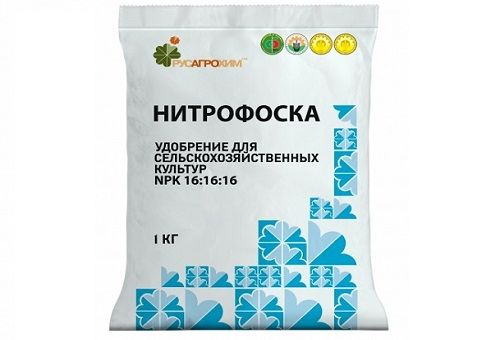
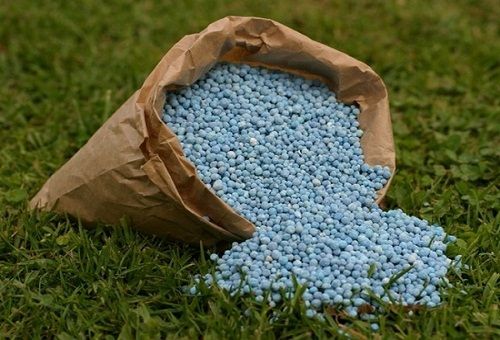
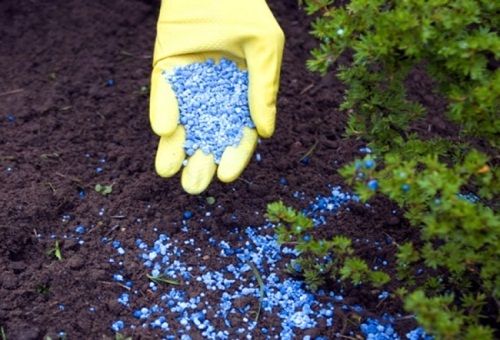
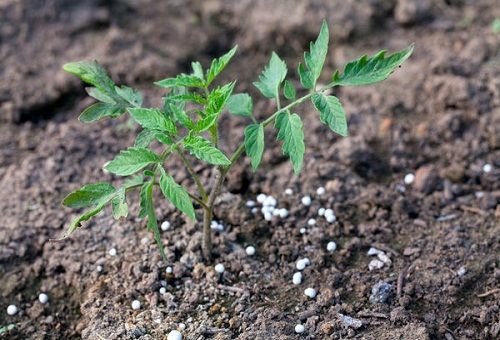
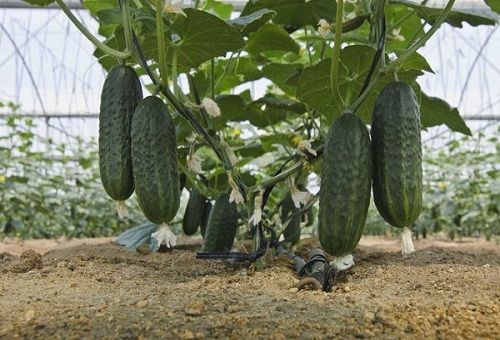
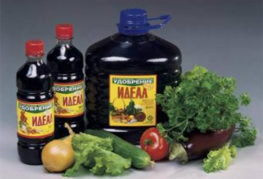
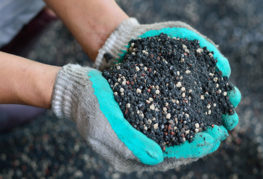
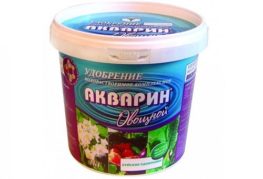
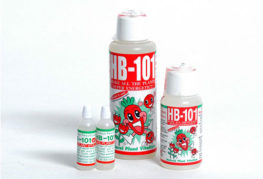
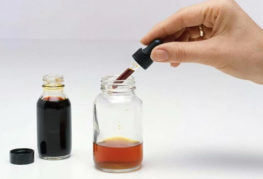

and will be published shortly.